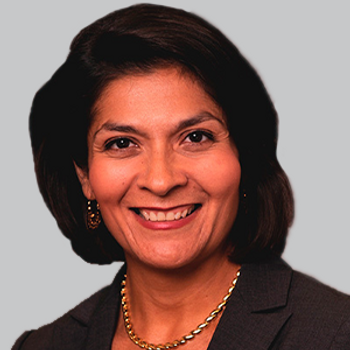
A trio of studies presented at AAIC 2020 suggest that consistently vaccinations for influenza and pneumonia may reduce the incidence of Alzheimer later in life, as well as mortality for older adults.

A trio of studies presented at AAIC 2020 suggest that consistently vaccinations for influenza and pneumonia may reduce the incidence of Alzheimer later in life, as well as mortality for older adults.
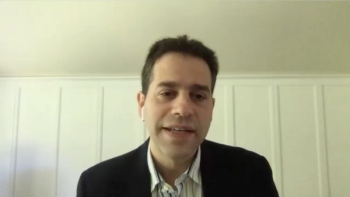
The director of the Neurology Residency Program at Weill Cornell Medicine highlighted some of the differences in types of headaches that patients with COVID-19 experience, as well as overall takeaways from the pandemic itself.
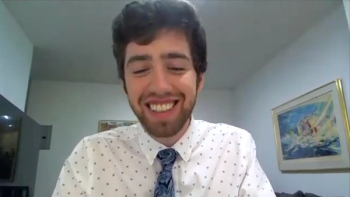
The internal medicine resident physician at Montefiore Health System provided an overview of the study he and colleagues conducted on patients using onabotulinumtoxinA and CGRP agents in tandem.
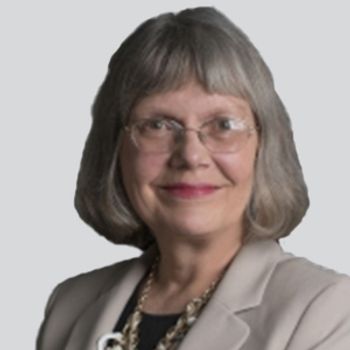
Despite its ranking as a "most bothersome symptom" among migraineurs, eye pain and photophobia often go ignored or under-treated in the headache clinic.

The head of Neurology Medical at Lundbeck Seattle Biopharmaceuticals offers perspective on the findings and what impact eptinezumab may have on migraine care.

Treatment with galcanezumab (Emgality; Eli Lilly) was associated with improvements in total pain burden for patients with both chronic and episodic migraine compared to placebo groups.
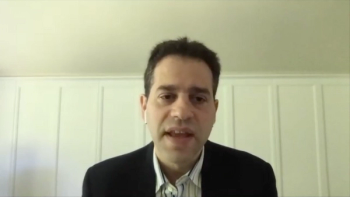
The director of the Neurology Residency Program at Weill Cornell Medicine provided insight on the experience residents have had during the COVID-19 pandemic and how it has shaped them for the future.
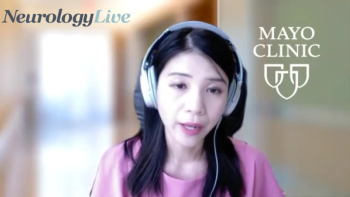
The neurologist at Mayo Clinic in Phoenix, Arizona, detailed the importance of further studies of FDA approved medications in different patient populations.

The FDA accepted an NDA for Zosano’s ADAM zolmitriptan (Qytripta) in the acute treatment of migraine in early March, with a PDUFA date set for mid-October 2020.
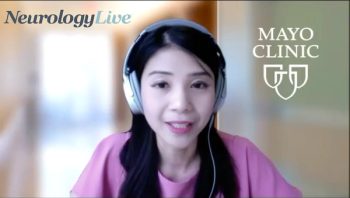
The neurologist at Mayo Clinic in Phoenix, Arizona, discussed the growing variety of treatment options and the progress the migraine community has made on the management of this disease.
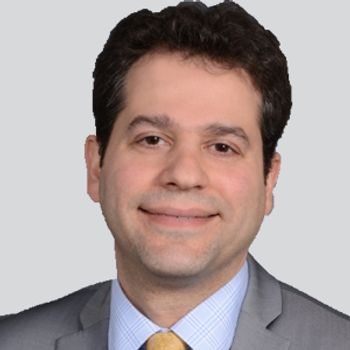
In part 2 of this interview, Matthew Robbins, MD, director of the Neurology Residency Program at Weill Cornell Medicine, describes the lessons he and his residents have learned during the COVID-19 pandemic and how they'll impact the future of care.
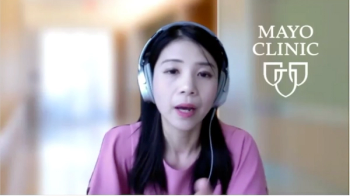
The neurologist at Mayo Clinic in Phoenix, Arizona, detailed whether her and colleagues recent study results on ubrogepant aligned with previous study findings.
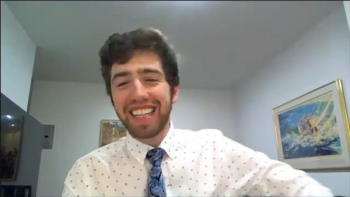
The internal medicine resident physician at Montefiore Health System offers insight into the combined use of CGRP medications and Botox to optimize migraine prevention in patients who have inadequate response with Botox alone.

In Part 1 of this interview, Matthew Robbins, MD, director of the Neurology Residency Program at Weill Cornell Medicine, shares his experience caring for headache patients in the epicenter of the coronavirus 2019 pandemic.
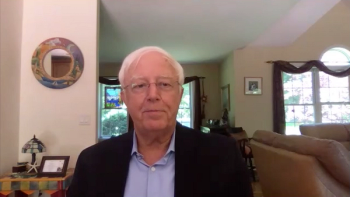
The senior VP of Global Health Economics and Outcomes Research and Epidemiology at Biohaven Pharmaceuticals discussed the findings from a poster presentation on the economic impact of migraine disability at AHS 2020.

Treatment needs of those with high frequency episodic migraine may be similar to those with low frequency chronic migraine.

The recently approved Allergan agent reported lower rates of functional disability and better overall satisfaction with treatment, as well as similar success for those who did not experience efficacy with triptans.
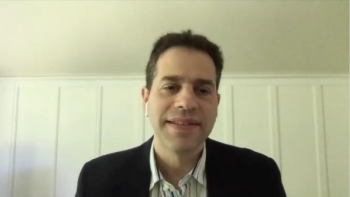
The director of the Neurology Residency Program at Weill Cornell Medicine details his first-hand experience working in the epicenter of the COVID-19 pandemic and how his department adapted.

In Part 2 of this interview, Bryan Davis, PsyD, MS, clinical health psychology fellow at Cleveland Clinic’s Mellen Center for MS, details the impact that conversations about masculinity norms in MS can have on future trials and care.

Patients with pre-concussion migraines that occurred at a rate of >1 per month had a greater number of concussion symptoms and burden over 12 weeks.

Data presented at AHS 2020 suggest that 170-mg oral atogepant (Allergan) was both safe and well-tolerated, setting the stage the continued development in migraine prevention.
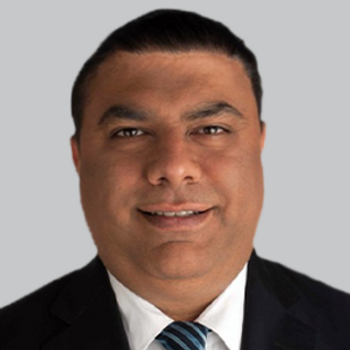
Data from a pair of phase 3 studies suggest that the recently approved celecoxib oral solution (Elyxyb; Dr. Reddy’s Laboratories) offers safe and effective acute treatment of episodic migraine.

The director of MedStar Georgetown Headache Center and associate professor of neurology at MedStar Georgetown University Hospital discussed how this year has proved that telemedicine is likely here to stay.
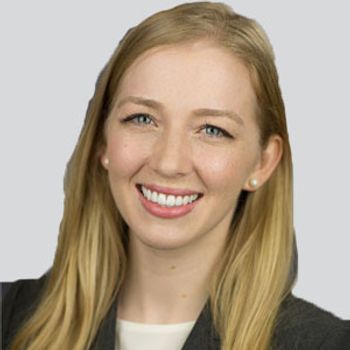
Infants born to pregnant women with chronic migraine who received treatment with onabotulinumtoxinA did not show any physical, intellectual, or social disabilities.

The results help to better understand the unique risk profiles of people with different subtypes of migraine.
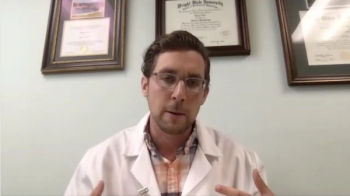
The clinical health psychology fellow at Cleveland Clinic’s Mellen Center for MS Treatment and Research at Cleveland Clinic details the interventions for men with MS and how the study can change the discussion on masculinity norms.
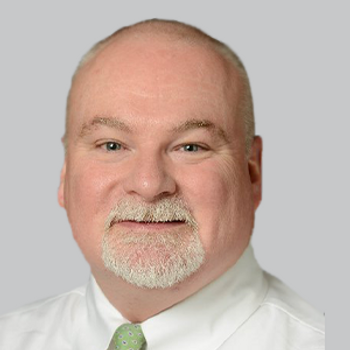
Results from the CHAMP trial of adolescents and children with migraine add to the already active and ongoing discussion surrounding the use of preventives in this population.

Over a 2-year stretch, change in monthly migraine days from the double-blind treatment period baseline was sustained in those treated with erenumab.
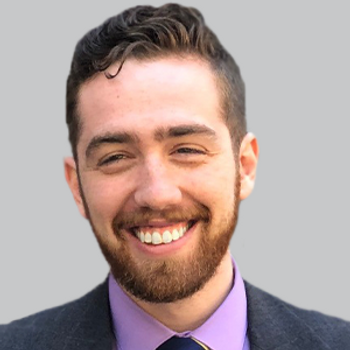
Further studies are needed to confirm the additional reductions in monthly headache days observed in patients with migraine who were treated with onabotulinumtoxinA and an add-on CGRP agent.
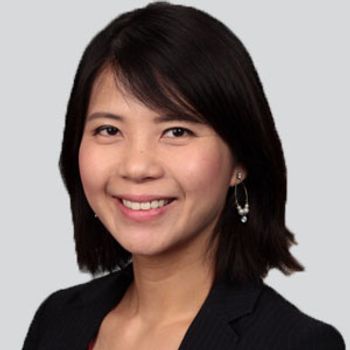
Consistent pain relief from all attacks was reported by 27% of patients treated with ubrogepant and 73% experienced relief from at least 1 attack.